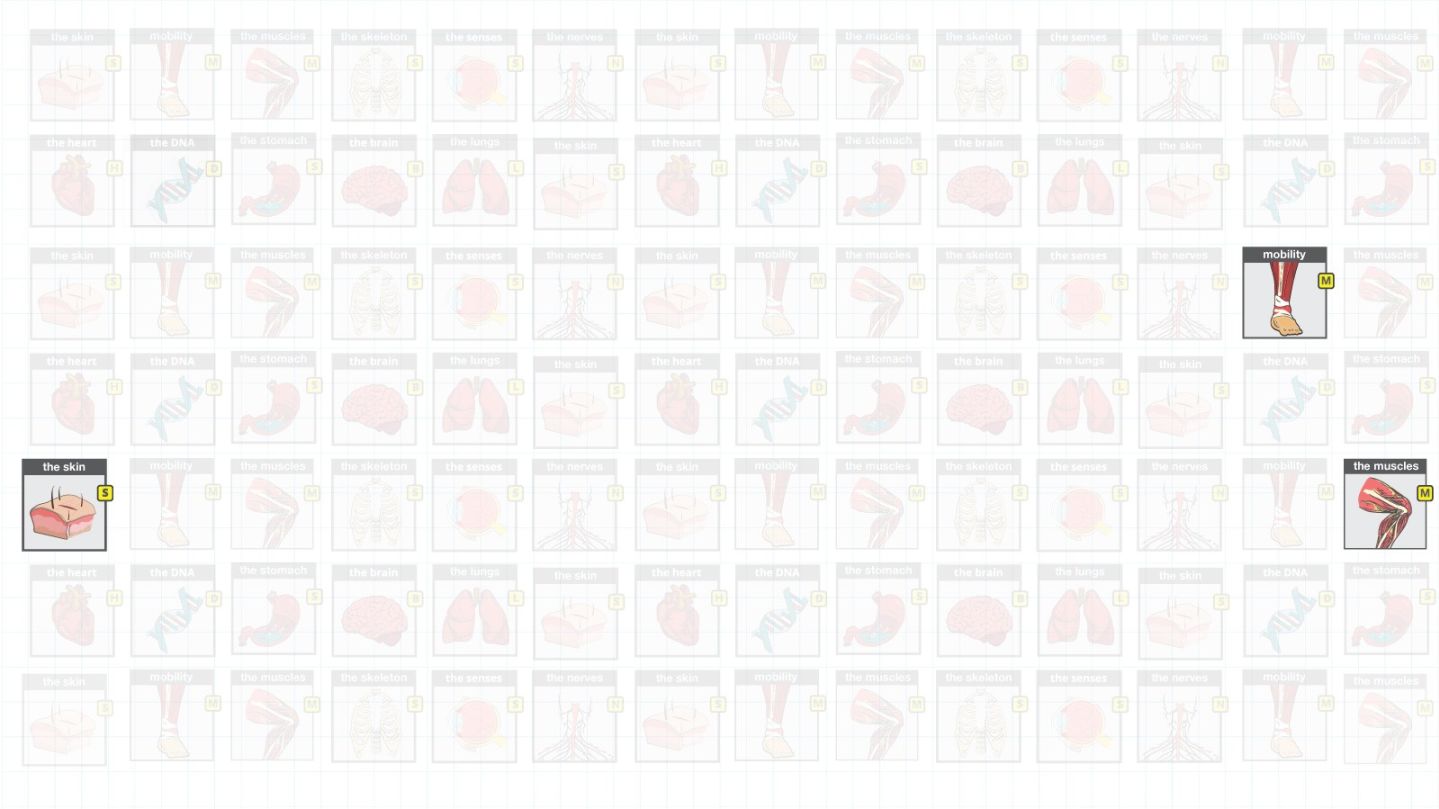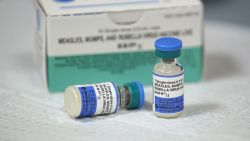Story highlights
A study showed dramatic improvements' in kids' health by cutting back sugar for 10 days
It shows that "all calories are not created equal," Dr. Sanjay Gupta writes
No one wants to hear more bad news about sugar, especially just a few days after Halloween. As a dad of three little girls, though, I found a recent study about sugar somewhat encouraging.
By cutting back sugar for your kids, you can see dramatic improvements in just 10 days. That is pretty remarkable, if you think about it.
We typically think diets take months, or even longer, to make a positive dent. For 43 children, however, Dr. Robert Lustig and his team at University of California, San Francisco, decreased triglyceride levels by 33 points on average. The LDL – bad – cholesterol dropped 5 points, as did diastolic blood pressure, the lower number.
All of the children dramatically reduced their risk of diabetes, as their blood sugar and insulin levels normalized. Again, just 10 days. And while the study was done in children, there’s no reason to believe the benefits wouldn’t extend to adults, as well.
It speaks to what was once an unspeakable idea – in fact, all calories are not created equal.
As much as we love the simple accounting principles of calorie counting, there are some calories that are simply worse than others, and for most people, sugar is at the top of the list. The table sugar most people know is sucrose, made up of equal parts glucose and fructose. But it is the fructose that is such a bad actor, Lustig told me. The reason why is really fascinating.
Because our bodies use glucose as the preferred energy source, it is easily metabolized and used just about everywhere and the extra is stored in our muscles or liver as glycogen.
Unfortunately, this is not the case with fructose, which is metabolized in only one place – the liver. And, because the liver can only handle so much fructose at a time, the extra gets converted into fat. Your liver starts to accumulate fat, which is wildly unhealthy. Even worse, the excess fat spills out into your blood stream, increasing your risk of heart disease and strokes.
In ancient times, before sugar and high fructose corn syrup (which are basically the same) became so cheap to refine and produce, we only got our fructose in small amounts, when fruit fell from the trees. Heck, even honey was protected by the bees.
Nowadays, however, we consume 130 pounds a year – or roughly 1/3 of a pound every day. Our livers, however, have not evolved to keep pace with the staggering increase. As a result, a sugary drink hits your liver like a tsunami wave, according to Lustig.
There is something else peculiar about fructose: Unlike other sources of calories, it doesn’t suppress the hunger hormone, known as ghrelin. So, despite eating lots of it, you don’t really feel full.
The result: you keep eating. In addition, fructose targets my favorite area of the brain, the nucleus accumbens, also known as the reward center. Turns out fructose gives the nucleus accumbens a little nudge, resulting in someone feeling rewarded, good, even euphoric, and – you guessed it – wanting to eat even more.
Lustig and his team wanted to make something very clear in this study.
While many diet studies derive most of their benefit from people simply eating less, it wasn’t the case here. While study participants reduced their dietary sugar from 28% to 10%, it was replaced with other complex carbohydrates. Think bagels instead of pastries. The goal was not to lose weight but to isolate the impact of sugar on the body.
So, hide the extra Halloween candy from your kids and yourself. At our home, the Switch Witch will pay a visit within a week after Halloween. She takes the candy and leaves something special in its place. (We still haven’t decided what she’s leaving this year.)
However you cut back, you now know your body will thank you for it in as little as 10 days.






















